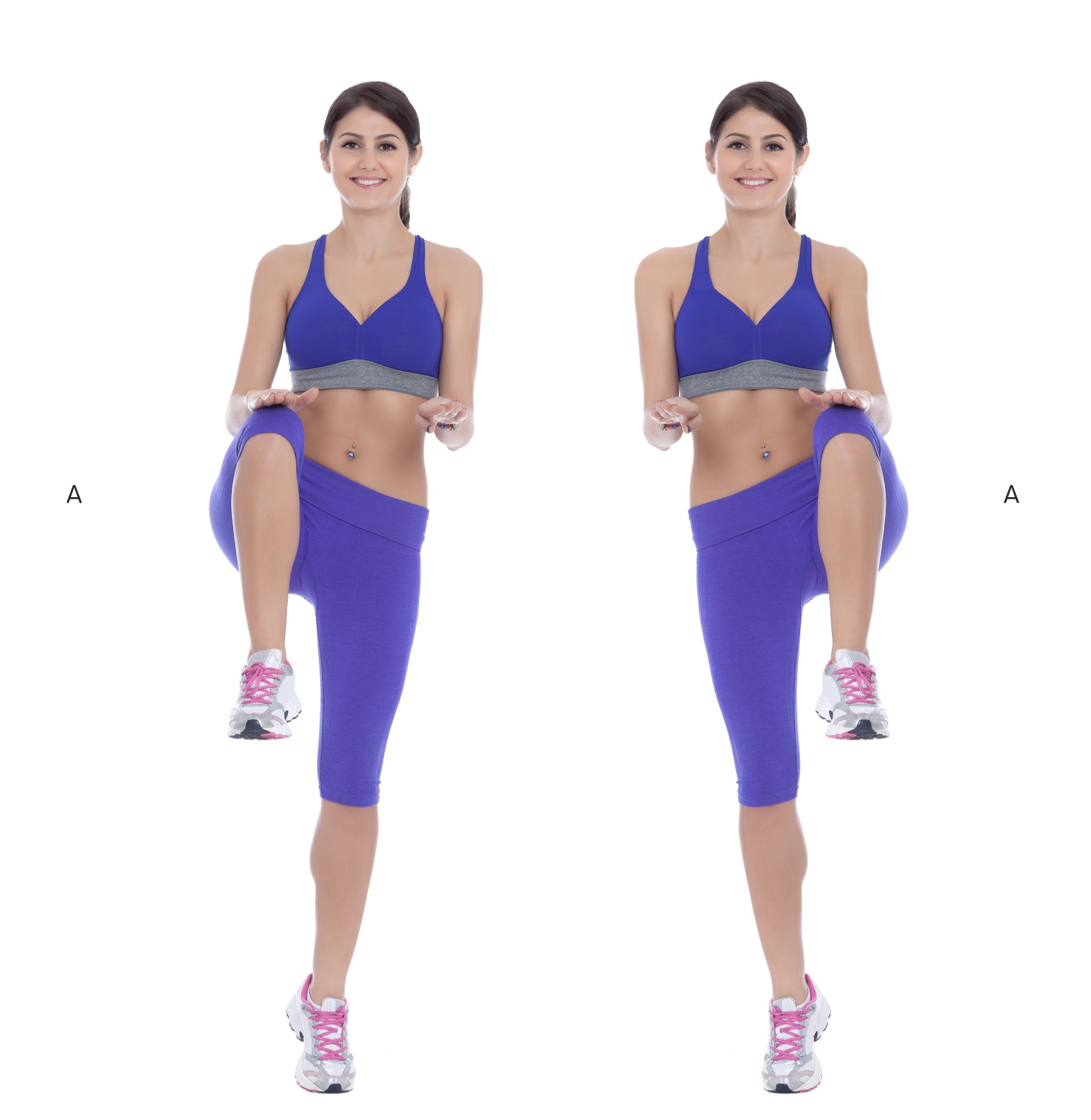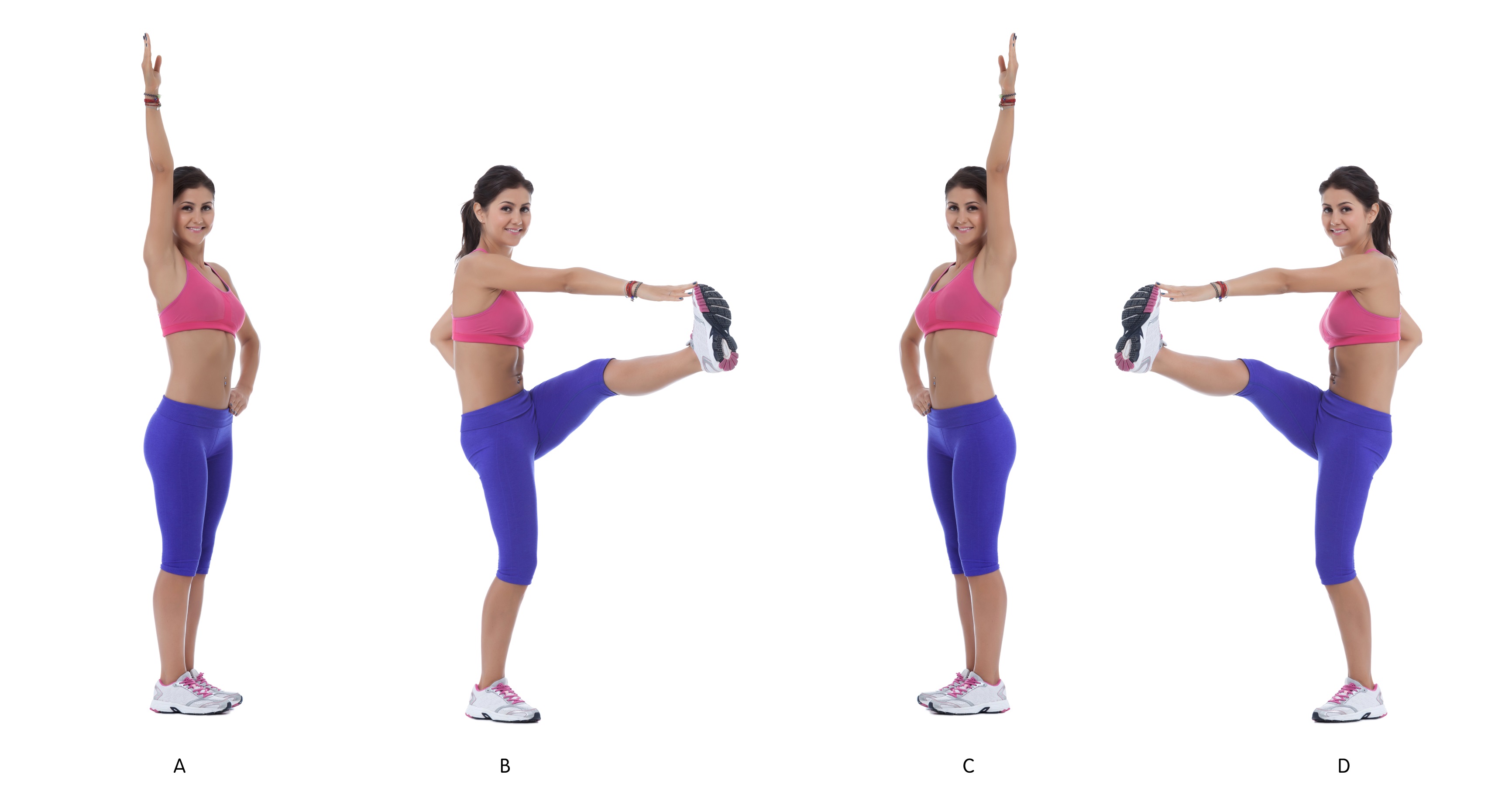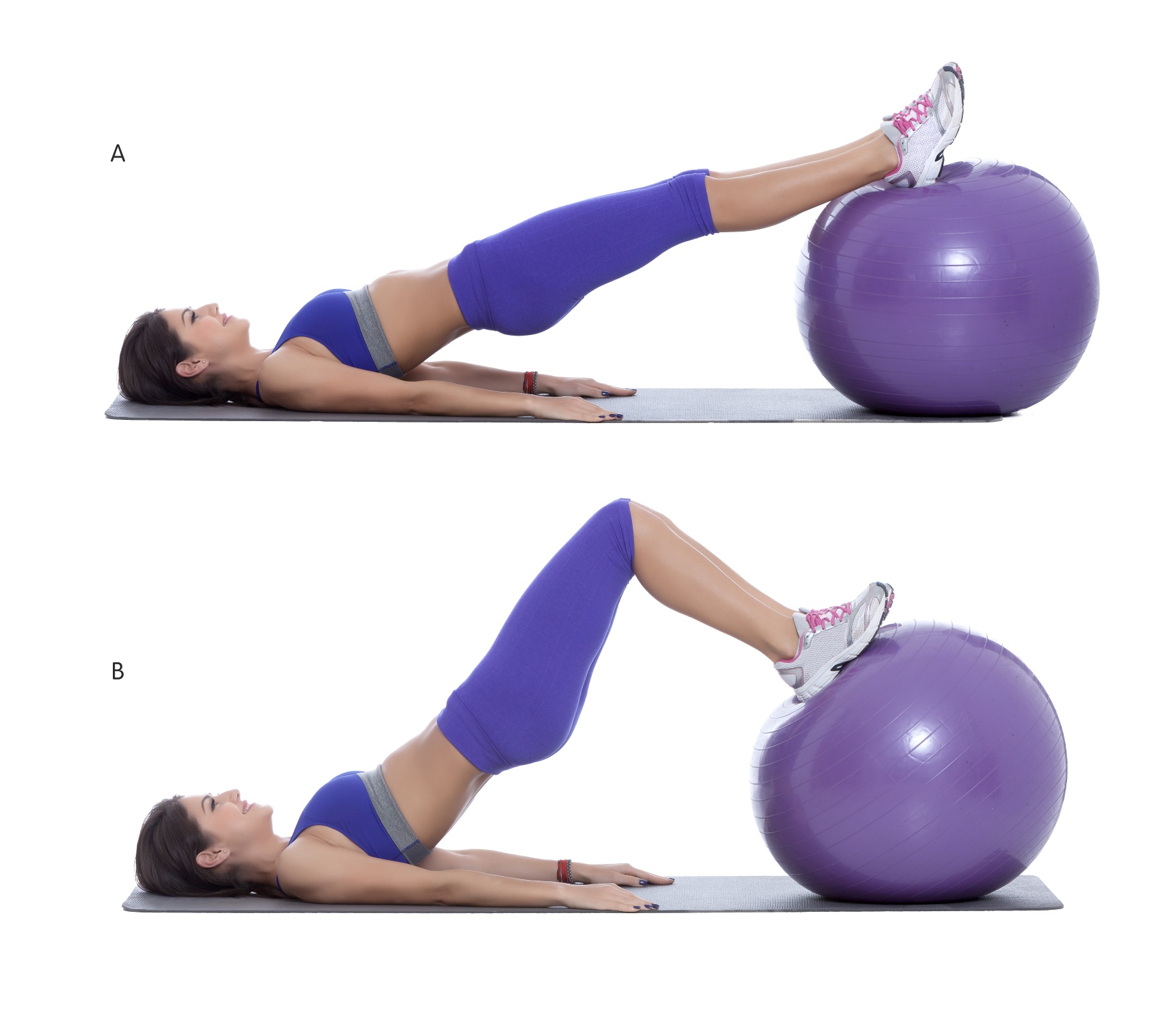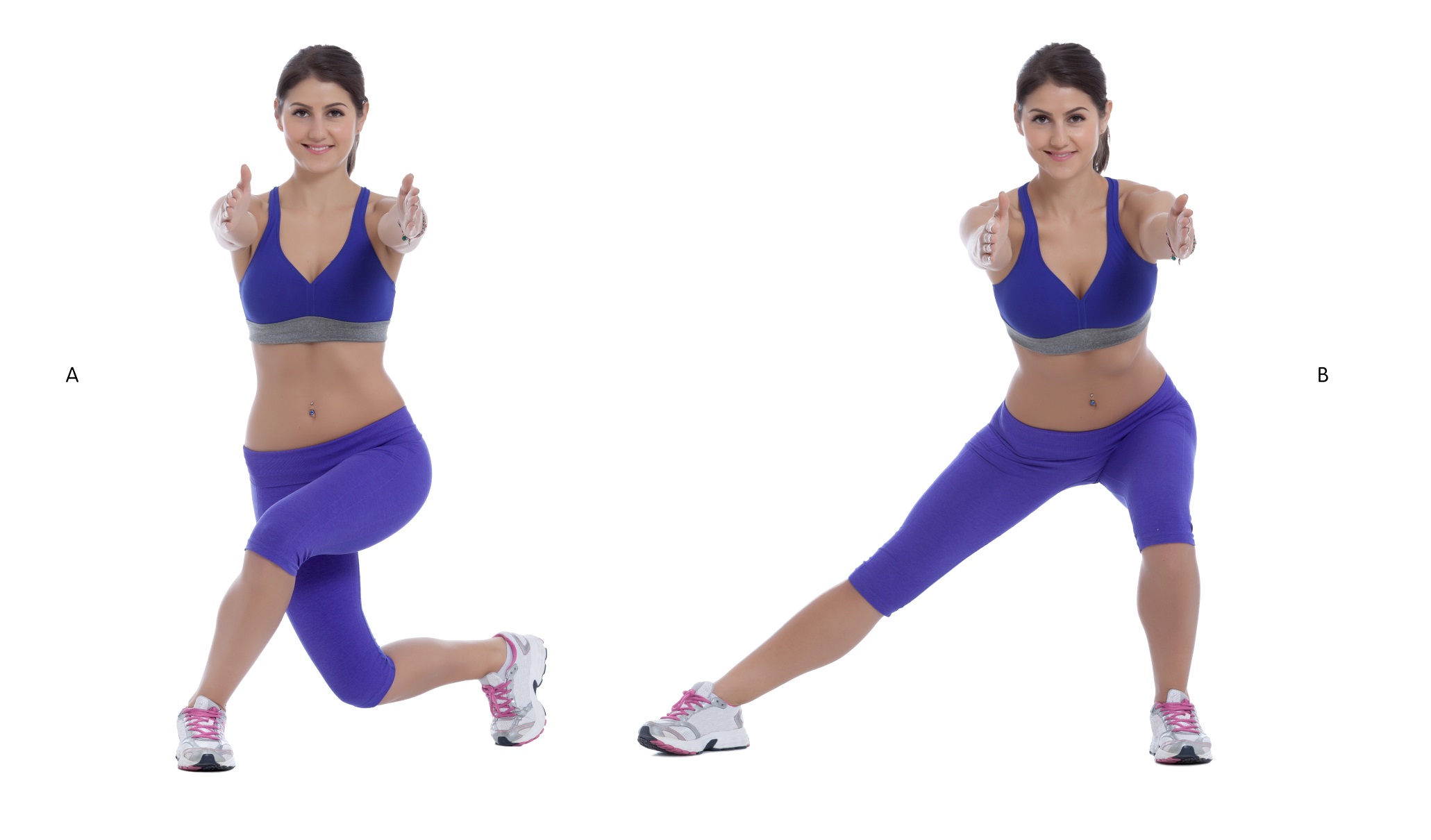7 Moves to Get Your Knees Ski and Snowboard Ready
Prevent knee injuries before they stop you from hitting the slopes this season.
Approximately 75 to 85 percent of skiing injuries are from falls, according to the American College of Sports Medicine (ACSM). Injuries from collisions account for 11 to 20 percent while 2 to 9 percent of ski-related incidents are from the chair lift. Majority of injuries are sprains, fracture, lacerations and dislocations.
While there are many factors that can contribute to a potential injury, focusing on pre-season conditioning, with an emphasis on sport-specific movements, can delay muscle fatigue, which can contribute to an injury. Preparing the body for the slopes can help your muscles stay strong even if you happen to take a spill off the lift. Training your leg muscles for the movement you’ll encounter on the mountain and strengthening the muscles surrounding your knees and the muscles that stabilize your core will help prevent injuries—and keep you moving all snow season long.
High Knees (1 Minute)

High Knees are a great exercise for not only warming up but is also a great cardio and toning exercise. When you perform high knees, you need to use your quads, hip flexors, calves, and glutes. To perform this exercise, keep your feet about shoulder-width apart. Jump from one foot to another while lifting the knee of the foot that is off the ground as high as possible (at least up to your hip). Land on the ball of your foot and bring the opposite knee up. Make sure you keep your back straight which will help work on your core.
Extended Toe Touch (1 Minute)
Extended toe touches are another dynamic stretch that can help you warm-up your muscles. These extended toe touches will help stretch out your hamstrings and hips and also strengthen your quads and hip flexors. To perform this exercise, stand on one leg with your knee slightly bent. Never lock the knee. With your opposite leg lifted off the ground and extended slightly behind your hip, swing your leg up and touch your toe with the opposite arm. Return your leg back to the standing position and repeat the same motion with the opposite leg.

Bridge Extension (15 Reps)

The bridge extension on top of an exercise ball will help develop and work out your glutes and hamstrings, both of which are very important for skiing or snowboarding down the mountain. To start off, lay on the floor with your feet straight on top of a medicine ball. Lift your hips and butt off the ground so that your knees end up in a bent position. Hold for 2 seconds. Relax the legs back to the extended position. Make sure to keep your back and butt off the floor during this exercise. If this exercise is too difficult with the ball, you can also perform the exercise with your feet on the floor. Instead of starting with your legs straight, you will instead have your knees bent and feet flat on the floor. To perform the rep, left your hips and glutes off your floor as high as possible and hold for 2 seconds. Return back to the floor.
Curtsy Lunge (15 Reps Per Side)

The curtsy lunge is a variation to your typical forward or reverse lunge. Not only does it keep things more interesting, it focuses on strengthening those glute muscles, quads, and calves. To perform the curtsy lunge, start standing with feet shoulder-width part. Step back with your right leg and cross it behind your left leg and bend both knees.
Hamstring Balance (10 Reps Per Leg)

The hamstring balance works on developing your core and hamstrings, glutes, and quads. This helps develop stability which is important when you fly down the mountain. To perform this exercise, stand with feet shoulder-width apart. Bend your right knee slightly and extended your left leg straight off the ground so that it is parallel to the floor. Reach straight forward with your opposite arm for balance. Your back should be flat.
Superman (10 Reps)

Supermans help develop the core and your lower back muscles. To perform one Superman rep, lay on your stomach with arms straight ahead and legs straight back. Lift your chest off the ground along with your straight arms at the same time as lifting your legs off the floor as high as possible. Keep your knees straight.
Single Arm and Leg Plank Balance (30-Second Hold Each Side)

The single arm and leg plank balance is a plank variation. This exercise will really test your core strength and help you develop it if you feel weak in this area. To perform this exercise, start in a plank position with your arms straight in a push up position. Stay on your toes. At the same time, lift your opposite leg and arm off the floor and extend. Hold.
Do this circuit 3 to 5 times to get your knees, core, balance and coordination ski and snowboard ready.





